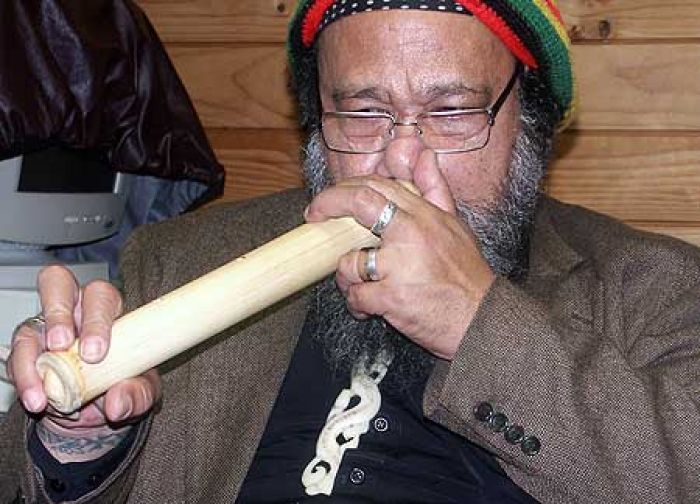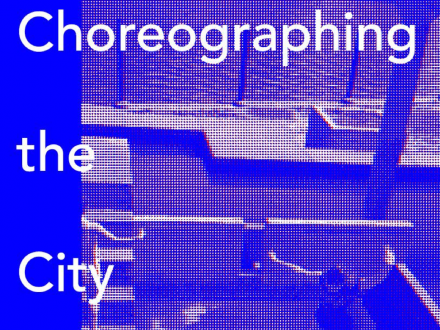Professor Hufanga Dr. ‘Okusitino Mahina, Professor of Art, Culture and Critical Anthropology Tonga International Academy
Dr Mahina lectured in social work in 1993 and 1994 before moving to Auckland University where he taught Pacific Political Economy and Pacific Arts in Anthropology.
Born in the Tongan village of Tefisi, on the island of Vava`u, he was the only one of 11 children in his family to attend university. He graduated from Auckland with a BA with a double major in anthropology and sociology, and masters degree in social anthropology with first-class honours, then completed his PhD in Pacific history from the Australian National University in Canberra.
A keen student of Western philosophy, Dr Mahina says he created his own theory as a way of making sense of the world from an indigenous Pasifika worldview and has continued to develop it. He has published extensively on his Pacific-driven time-space theory, while a number of masters and PhD students in New Zealand, Australia, the Netherlands and the United States have embraced the theory and applied it to their various disciplines.
“The ta-va, time-space theory is so general and formal that it enters into all fields of inquiry, within and across nature, mind and society,” he says.
As well as supervising several Pacific-related theses in his new role at the University, he is currently leading projects on Tongan research, and curriculum development relating to Maori and Pasifika performing arts, as well as writing and editing several projects. They include a volume in a series on Pacific leadership, a collection of his political, educational, artistic and philosophical essays, speeches and writings, and a book of his poems in both Tongan and English.
Dr Mahina, who was awarded the Creative NZ Pasifika Heritage Award 2007, is also an accomplished performer of the traditional Tongan instrument, the fangufangu, a bamboo pipe played by blowing through a nostril.
Monday morning conversations are part of the CHOREOGRAPHING THE CITY – Dr Adesola Akinleye’s residency at MIT, that is hosted by prof. Gediminas Urbonas and ACT course 4.314/4.315 and supported by CAST – The MIT Center for Art, Science & Technology.
Invited guest speakers include:
Sept. 14th
Dr. Ellie Cosgrove Director, UCL Urban Innovation Lab
Sept. 28th
Dianne MacIntyre, dancer and choreographer
Oct. 5th
Prof. Richard Sennett
Nov. 2nd – 11:00 am EDT
Arianna Mazzeo, designer and choreographer
Nov. 2nd – 5:30 pm EDT
Professor Hufanga Dr. ‘Okusitino Mahina, Professor of Art, Culture and Critical Anthropology Tonga International Academy
Nov. 9th – 11:30 am EDT
Scott L. Pratt, Professor of Philosophy, University of Oregon
Nov. 16 – 10:30 am EDT
Dr John Bingham-Hall, Director Theatrum Mundi, London
Nov. 30th – 10:30 am EDT
Liz Lerman, choreographer and founder of Liz Lerman Dance Exchange
Bellow please find more about the ACT course 4.314/4.315 and the artist in residence at MIT:
MIT Fall 2020
Choreographing the City
4.314/4.315 | Advanced Workshop in Artistic Practice and Transdisciplinary Research
Professor: Gediminas Urbonas, urbonas@mit.edu
Visiting artist: Adesola Akinleye, Dancing Strong, London, UK
TA: Chucho Ocampo, chocampo@mit.edu
“If I can’t dance, I don’t want to be part of your revolution”
-Emma Goldman
The Choreographing The City course at MIT is researching an emerging lexicon (for movement in urban space) that connects to ideas shared across dance-making (choreography), to building/city-making (community). Developed in dialogue with Theatrum Mundi, prof. Richard Sennett and MIT CAST AiR visiting artist and choreographer Dr Adesola Akinleye the course asks the question: how do we become attentive to a community’s emotional, cultural and corporeal memory in order to move beyond the scripted spaces and codified routes? The aim of the course is to explore how transdisciplinary research and creative collaboration between choreographic and spatial practices can respond to the urgencies of this time and create new techniques, lexicons, and ways of engaging the community to produce more just spaces. Participants will look at how choreography (‘three-dimensional language’) can contribute to larger discussions across subject areas that engage with movement in space and the placemaking that the experience of choreography (dance) creates.
How do we make a Place for embodiment in our practices?
How do we inhabit the computer screen, the city and our own bodies?
Can we see design as an organic, collaborative entity of people’s experience?
What tools do urban designers and engineers have to develop to understand how spaces work as movement systems?
What tools do communities have to describe the experience of Being in the Places they live?
Where and How do we create space for the embodied in our practices?
In addition to lectures, class discussion, outdoor exercises and individual studio meetings the class is hosting Soma-sessions: special workshops facilitated by DancingStrong dancers that involve the bodily (such as some group movement to begin a discussion, somatic practices including gyrotonic breathing, being physically present in unexpected geographic locations beyond MIT campus, and etc.).
If you have any questions please email to: urbonas@mit.edu and chocampo@mit.edu
—-
Hosted by ACT Professor Gedminas Urbonas, Dr Adesola Akinleye, starts her residency supported by CAST AiR program at MIT.
Akinleye collaborates with MIT faculty, researchers, and students in Architecture, Urban Planning, ACT, and the Media Lab, as well as external collaborators from Theatrum Mundi, an organization that engages in research and teaching on the public lives of cities.
Through lectures, performances, workshops, and class discussion, this project asks questions such as: Within our practices, how do we become attentive to a community’s emotional, cultural and corporeal memory in order to move beyond the codified routes used to initially understand them? What approaches can we take to seeing the City as facilitated by an art of infrastructure? Can we see the City as a collaborative entity shaped through somatic knowledge of a Place? What tools do communities have to describe the experience of Being in the Places they live?
Adesola Akinleye is a choreographer and artist-scholar. She began her career as a dancer with Dance Theatre of Harlem (USA) later working in UK Companies such as Green Candle, Carol Straker and Union. Over the past twenty years she has created dance works ranging from dance films, installation and texts to live performance that is often site-specific and involves a cross-section of the community as well as acting as guest choreographer for company and University repertoire. Her work is characterized by an interest in glimpsing and voicing peoples lived experiences through creative moving portraiture.
Links to visiting artist’s web site(s)
www.dancingstrong.com
www.narratingspaces.com (work in process)
www.choreographing.city (notebook)
Gediminas Urbonas is an Associate Professor in the MIT Program in Art, Culture and Technology, and co-founder with Nomeda Urbonas of Urbonas Studio, an interdisciplinary research practice that advocates for the reclamation of public space, stimulating cultural and political imagination as tools for social change. Combining new and old media, Urbonas Studio’s work frequently involves collective activities contributing to the cross-disciplinary exchange between several nodes of knowledge production: network and participatory technologies; sensorial media and public space; environmental remediation design and spatial organization; and alternative planning design integration. They also collaborate with experts in different cultural fields to develop practice-based artistic research models that allow participants—including their students—to pursue projects that merge urbanism, new media, social sciences and pedagogy to critically address the transformation of civic space. More at: http://www.nugu.lt/us/
Chucho (Jesús) Ocampo Aguilar (Mexico City, 1991) is an architect and artist. Working in the intersection of art, architecture and technology. Chucho is currently a Partner in dérive LAB, an art, architecture and urbanism firm, where he works as Creative Director, particularly with projects related to housing, urban design, public space interventions and cultural management. Chucho is co-founder of BEMA, a cultural center in the heart of Querétaro, México; dedicated to Art, Architecture and the City. Chucho’s artistic practice uses psychogeography, architecture, landscape and public space as a tool to shine a light on the beauty and complexities of everyday life. He is currently a first year SMACT candidate of the Art Culture and Technology program at the Massachusetts Institute of Technology.






